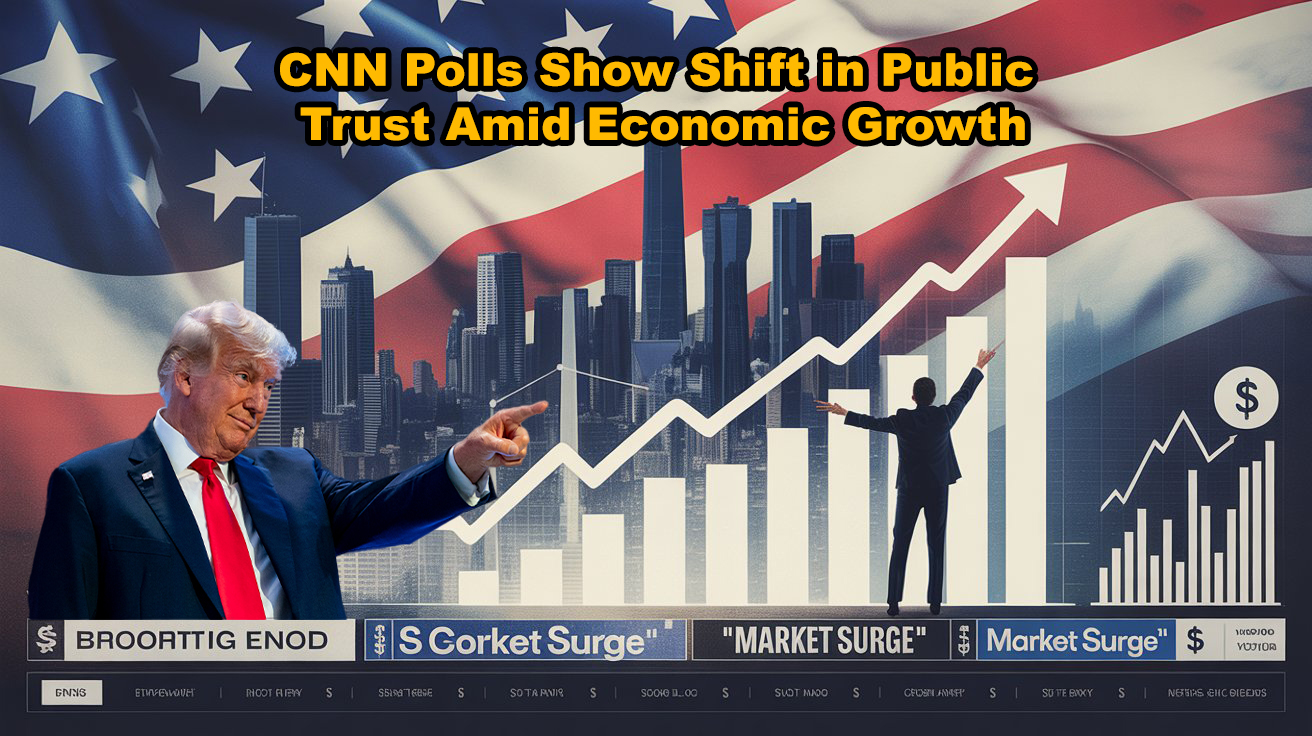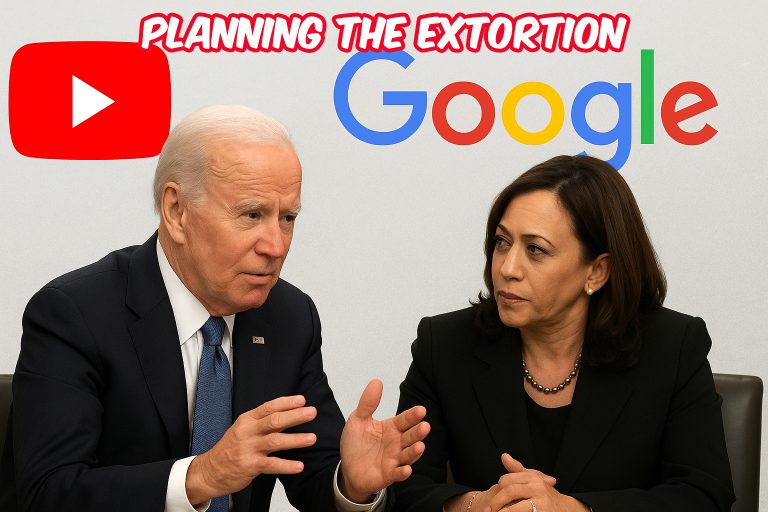
America’s Economy Is Booming — Even CNN Can’t Deny It
A Rebound in US Economic Momentum Amid New Policies
At the beginning of 2025, the US economy appears to be gaining new momentum, a radical change from the sluggish dynamics of the previous decade. According to official statistics, “when Trump took office in January 2025, the seasonally adjusted unemployment rate was 4%, and the inflation rate was projected to range between 2.2% and 2.4% for 2025.” Independent analysts described it as “in better shape than any newly elected president has left behind since George W. Bush took office in 2001.”
This recovery is primarily due to a combination of deregulatory initiatives, tax cuts, and a strategic pause in tariffs, which together appear to be boosting business confidence. A recent World Bank report noted the continued resilience of the US labor market, with 139,000 jobs created in May, even as global growth expectations declined.
Further bolstering this rebound, a new empirical study analyzing the impact of US-China tariffs (2018-2025) found that while domestic business creation saw a modest increase under protectionist policies, these gains were largely offset by retaliatory tariffs.
However, the overall macroeconomic backdrop—with low unemployment and controlled inflation—suggests that the US economy is experiencing a measured but significant recovery.
Unexpected Support: Criticism Turns Favorable
What is particularly striking is the shift in tone in skeptical or opposition-leaning media outlets. For example:
The (generally critical) Financial Times notes that, under the new administration, the US “inherited a resilient economy… with unemployment near 4% and inflation near 2.2-2.4%.”
Contrast with previous administration
Biden measure (at the end) Current administration
Approval on economy (CNN) 33% 44%
Overall opinion of the president 36% 45%
Economic support has risen—from a third to nearly half of citizens—and the overall approval rating grew by 9 percentage points, according to CNN.
A Bloomberg analysis, supported by the World Bank, praised the stability of US labor markets despite global difficulties.
Furthermore, a Marquette Law School survey, although published by a liberal-leaning outlet, is revealing. It shows broad bipartisan concern about tariffs, but also indicates growing public confidence in this administration’s economic direction:
Among Republicans, 76% expect current policies to reduce inflation, despite only 8% of Democrats expressing similar confidence.
This duality reflects both persistent partisan skepticism and a growing sense, even among critics, that the economy is heading in a comparatively favorable direction.
Measuring Support: Unexpected Voices Polls
Even outlets typically critical of conservative economics are beginning to report surprising public support:
- Financial Times on Economic Conditions
A recent Financial Times poll finds that voters recognize an improvement in economic conditions, citing unemployment and inflation figures that exceed those inherited from previous transitions.
- Wall Street Journal / NORC
Its November 2023 survey highlighted persistent economic anxiety, but also revealed an increase in confidence among small business owners: Nearly 46% rated current conditions as good, 40% of dissenters rated them as “fair,” and only 19% to 20% said the economy is “poor.”
- AP-NORC Polls
The Associated Press-NORC Center confirms that 35% to 36% of Americans view the economy positively, up from previous lows, even as overall approval of leadership remains uneven.
Taken together, these findings suggest that, despite partisan divisions and media skepticism, a significant proportion of Americans, across the political spectrum, believe the country is on the right track economically.
Comparison with the Previous Administration
To put recent trends in perspective, historical GDP data is illustrative:
Administration: Average Annual Real GDP Growth
Trump (2017-2021): 1.42%
Biden (2021-2025): Pending, but ahead of Trump so far
Historically, Democratic administrations have outperformed Republican ones in GDP growth: 4.3% versus an average of 2.5%.
However, early signs suggest that the current administration could maintain growth above the levels seen during Trump’s first term.
Political and Economic Crosscurrents
However, this resurgence is not without tensions:
Critics point to the risk of inflation and rising deficits, and some economists warn that current fiscal strategies could erode growth through higher interest rates.
Meanwhile, grassroots concerns about tariff-driven costs persist: a Goldman Sachs survey shows that 77% of small businesses cite political uncertainty as a major obstacle, even as 75% remain optimistic about future growth.
Yet even in this cautious environment, public opinion has shifted. Polls by Reuters, the FT, and AP-NORC (nonpartisan organizations) now reflect a broader recognition of economic improvement, something rarely seen in previous campaigns.
A Recalibrated Economy and Public Mood
The emerging picture shows a cautiously resurgent US economy, characterized by low unemployment, contained inflation, and moderate growth. The statistical data are consistent with those of various agencies: the World Bank, World Bank-related publications, the Financial Times, and AP-NORC, all of which support the recovery.
Perhaps most surprising is the strength of public sentiment. Even among those who were previously critical of the political trajectory, a significant percentage now express confidence in the current economic management, marking a readjustment not based on ideology, but rather on lived experience.
In the turbulent world of American politics, where economic narratives are routinely weaponized, these developments suggest a more subtle reality: a careful recalibration of policy can produce a measurable and credible recovery, robust enough to shift both domestic data and public opinion, even under scrutiny.





